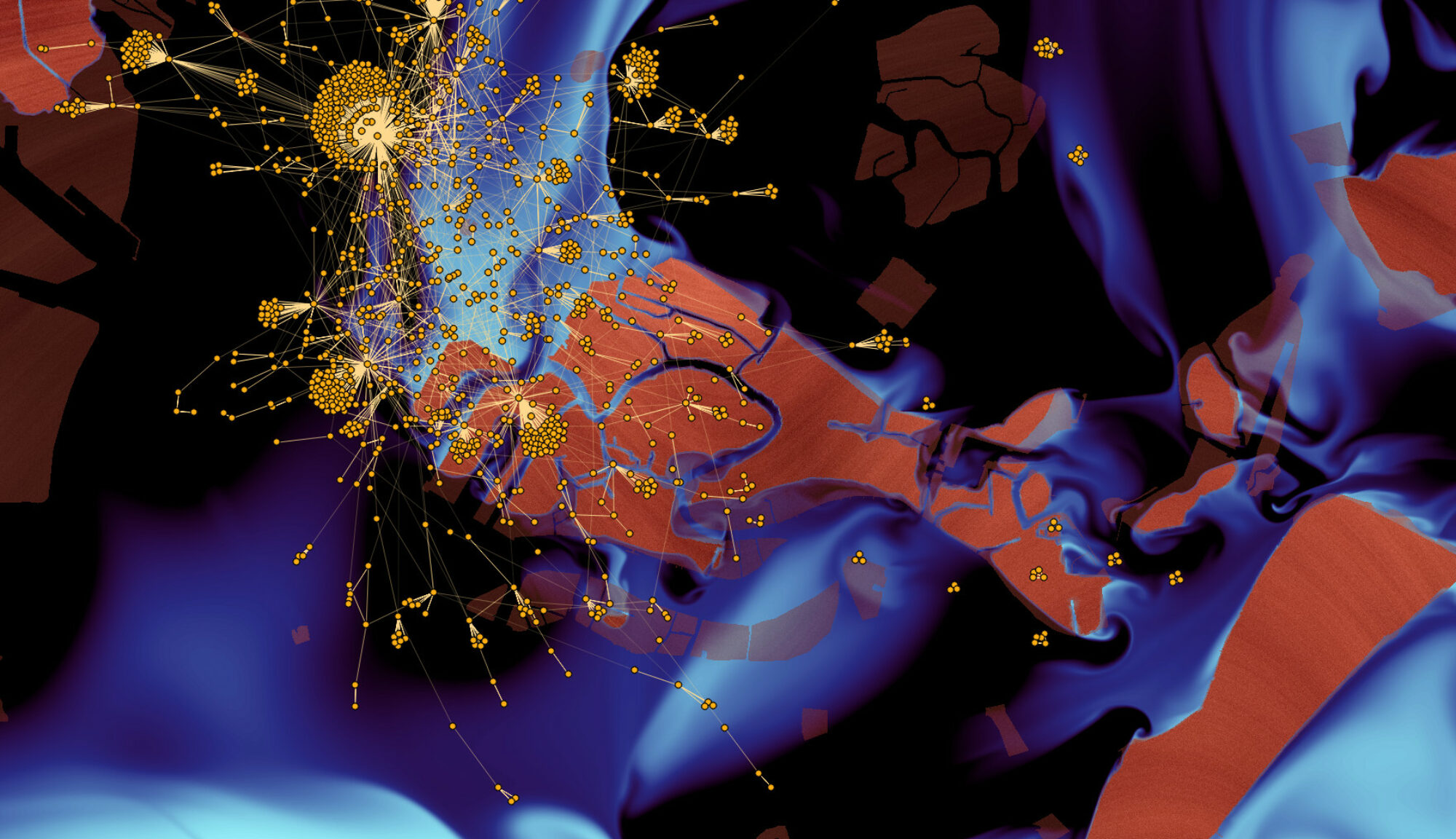Aurore Payen, Lionel Tabourier and Matthieu Latapy
PLOS ONE, 2019
Infections can spread among livestock notably because infected animals can be brought to uncontaminated holdings, therefore exposing a new group of susceptible animals to the dis- ease. As a consequence, the structure and dynamics of animal trade networks is a major focus of interest to control zoonosis. We investigate the impact of the chronology of animal trades on the dynamics of the process. Precisely, in the context of a basic SI model spread- ing, we measure on the French database of bovine transfers to what extent a snapshot- based analysis of the cattle trade networks overestimates the epidemic risks. We bring into light that an analysis taking into account the chronology of interactions would give a much more accurate assessment of both the size and speed of the process. For this purpose, we model data as a temporal network that we analyze using the link stream formalism in order to mix structural and temporal aspects. We also show that in this dataset, a basic SI spread- ing comes down in most cases to a simple two-phases scenario: a waiting period, with few contacts and low activity, followed by a linear growth of the number of infected holdings. Using this portrait of the spreading process, we identify efficient strategies to control a potential outbreak, based on the identification of specific elements of the link stream which have a higher probability to be involved in a spreading process.
